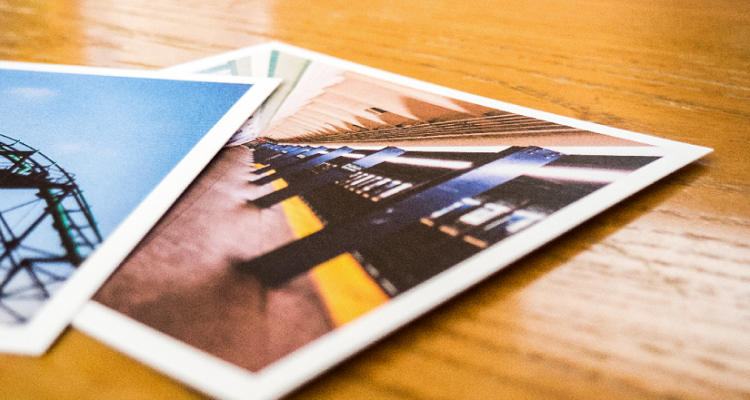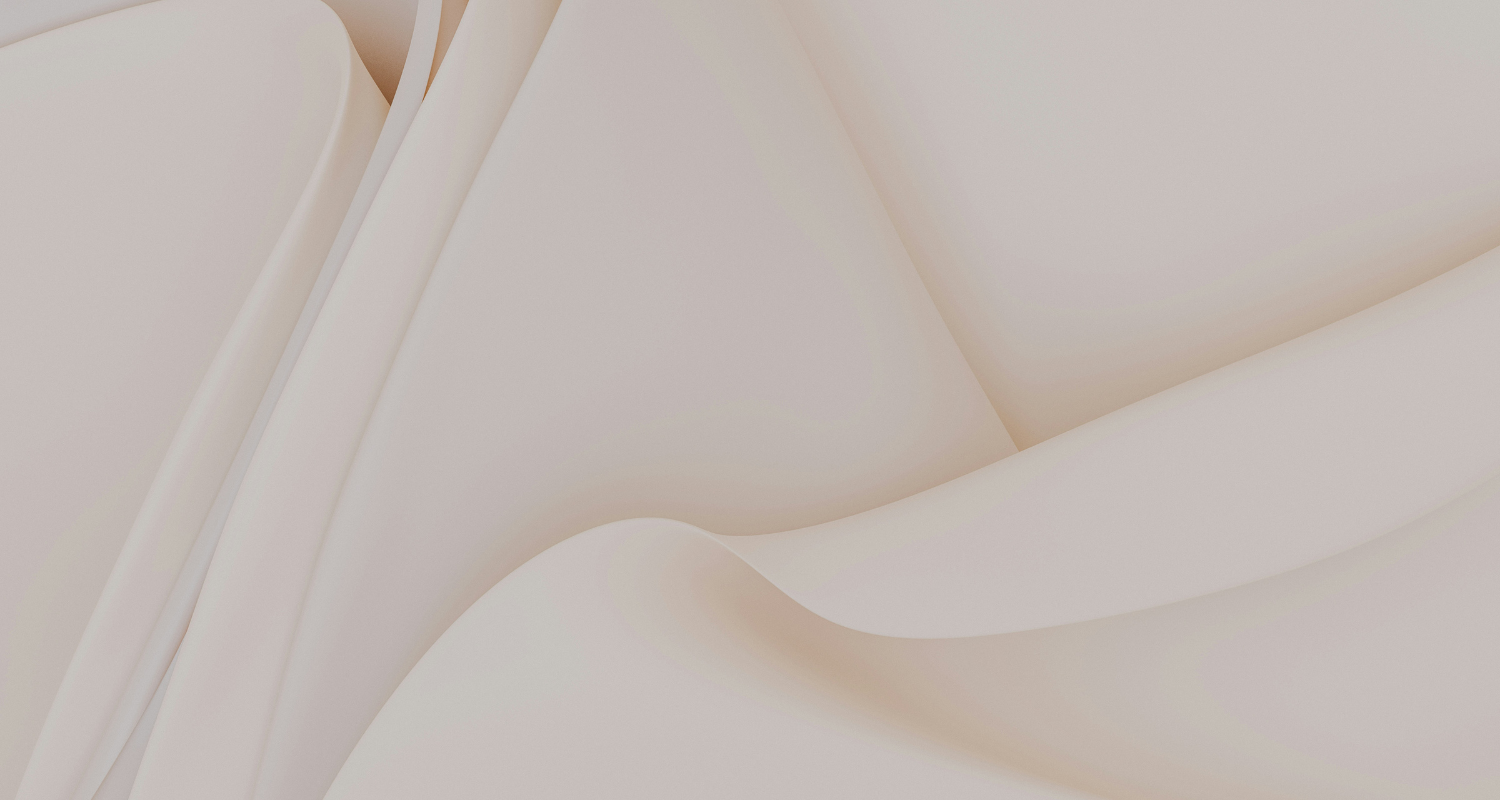Quite a few of you have asked me what the difference is between high-resolution and low-resolution images. If you’ve ever wondered if your image is the right type or you’re wondering how big a high-res and low-res image is, here are some of the answers!
Know your ‘pixels’
Have you ever come across the terms Dots per Inch (DPI) or Pixels per Inch (PPI) and weren’t quite sure what they meant? These terms are used to measure the density of dots that you see on either your computer screen or on a piece of paper. You can find the DPI or PPI by looking up the details of an image — right-click on your image and select Properties or Get Info.
High-resolution DPI
The higher the DPI, the more dots of colour there will be, resulting in a higher-quality image.
- High-res DPI is standard for print products such as flyers, brochures and business cards.
- 300 DPI is the optimal high-resolution setting.
Low-resolution DPI
The lower the DPI, the smaller the file size, meaning faster download and viewing times.
- Low-res DPI is suitable for computer monitors, TV screens and webpages.
- 72 DPI – 220 DPI is the optimal range for low-resolution images.
Know your dimensions
If you’re only working with images that are published online, you can quickly assume the suitability of your image by looking at the dimension. However, a large image in size does not always mean a higher resolution.
Anything larger than 1000 x 1000 pixels is considered a large image and suitable for viewing and resizing for a monitor. However, if the image is 72 DPI it will still be considered low-resolution. Similarly, you can have an image with 300 DPI that measures only 5 x 5 cm once printed, but it will still be suitable for print.
I hope that cleared up some terminology and the difference between high-res and low-res!








